The ROMAN CIVILIZATION
IMAGES OF THE ROMAN CIVILIZATION
ROMAN Eastern Emperors
THE EASTERN PART OF THE LATER ROMAN EMPIRE
DATING FROM A.D. 330 WHEN CONSTANTINE REBUILT BYZANTIUM.
. In 324, the ancient city of Byzantium was made the new capital of the Roman Empire by Emperor Constantine the Great, after whom it was renamed, and dedicated on 11 May 330and made it his capital, The Emperor Justinian I 525-565 the last latin speaking Emperor tryed to get back the western half of the Rome Empire. Its extent varied greatly over the centuries, but its core remained the Balkan Peninsula and Asia Minor. The empire collapsed when Constantinople fell to the Ottoman Turks in 1453
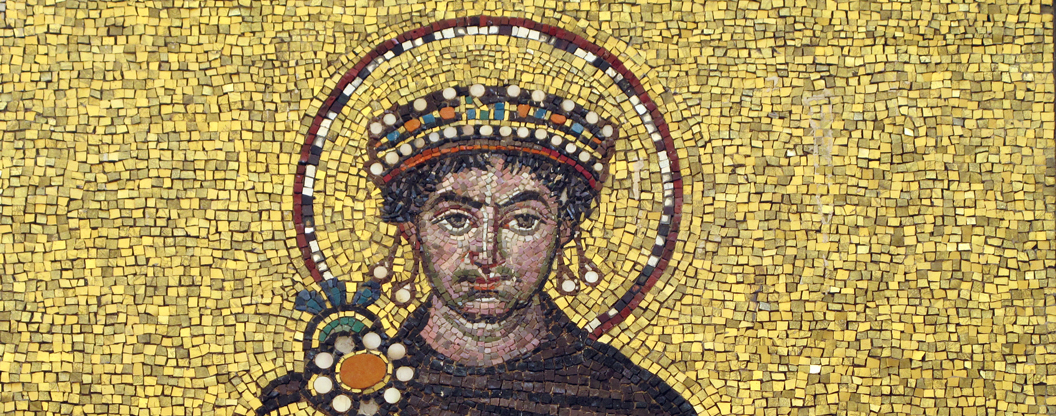
Emperors of New Rome
379 BC - 567 AD.
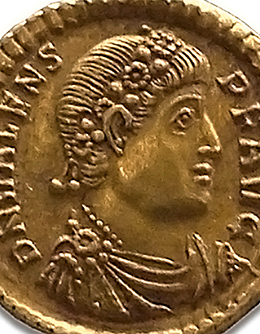
379 AD - 395 AD
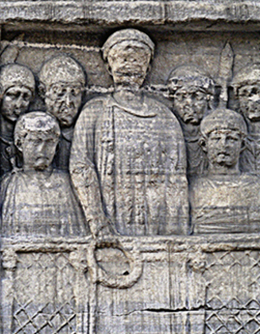
Theodosius I
379 AD - 395 AD
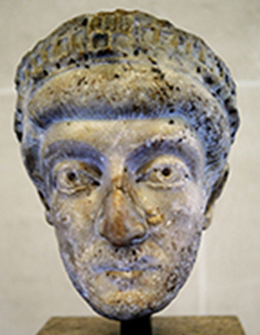
theodosius ii
408 AD - 450 AD
%20450-457b.jpg)
Marcian
457 AD - 474 AD
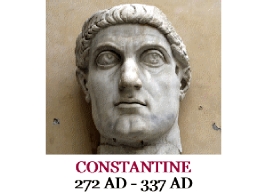
CONSTANTINOPLE
NEW ROME
4TH TO 6TH CENTURIES MARK THE TRANSITIONAL PERIOD DURING WHICH THE ROMAN EMPIRE'S EAST AND WEST DIVIDED. IN 285, THE EMPEROR DIOCLETIAN 284–305 PARTITIONED THE ROMAN EMPIRE'S ADMINISTRATION INTO EASTERN AND WESTERN HALVES. BETWEEN 324 AND 330, CONSTANTINE I 306–337 TRANSFERRED THE MAIN CAPITAL FROM ROME TO BYZANTIUM, LATER KNOWN AS CONSTANTINOPLE ("CITY OF CONSTANTINE") AND NOVA ROMA ("NEW ROME").
Valens 364-378
He was given the eastern half of the empire by his brother Valentinian I after the latter's accession to the throne. Valens, sometimes known as the Last True Roman, was defeated and killed in the Battle of Adrianople, which marked the beginning of the collapse of the decaying Western Roman Empire.
Theodosius I 379–395
Christianity became the Empire's official state religion and others such as Roman polytheism were proscribed. Theodosius was the last emperor to rule over both the eastern and the western halves of the Roman Empire.
Arcadius
was born in Hispania, the elder son of Theodosius I and Aelia Flaccilla, and brother of Honorius, who would become a Western Roman Emperor. His father declared him an Augustus and co-ruler for the Eastern half of the Empire in January, 383. His younger brother was also declared Augustus in 393, for the Western half . Arcadius himself was more concerned with appearing to be a pious Christian than he was with political or military matters, and he died, only nominally in control of his Empire, in 408.
TheodosiusII
was born in 401 as the only son of Emperor Arcadius In 408, his father died and the seven-year-old boy became Emperor of the Eastern half of the Roman Empire. In 425, Theodosius founded the University of Constantinople .In 429, Theodosius appointed a commission to create a fully formalized system of law. The collection published as the Codex Theodosianus in 438. The law code of Theodosius II, formed a basis for the law code of Emperor Justinian I, the Corpus Juris Civilis, in the following century.
Marcian's rule 450 to 457
marked a recovery of the Eastern Empire, which the Emperor protected from external menaces and reformed economically and financially.
Leo I the Thracian 457 to 474
ruling the Eastern Empire for nearly 20 years, Leo proved to be a capable ruler. He oversaw many ambitious political and military plans, aimed mostly for the aid of the faltering Western Roman Empire and recovering its former territories. He is notable for being the first Eastern Emperor to legislate in Greek rather than Latin.
Leo II
was Byzantine Emperor for less than a year in 474. He was the son of Zeno and Ariadne, and maternal grandson of Leo I
Zeno 474 to 475 Domestic revolts and religious dissension plagued his reign, which nevertheless succeeded to some extent in foreign issues. His reign saw the end of the Western Roman Empire
Basiliscus
succeeded in seizing power in 475, exploiting the unpopularity of Emperor Zeno, the barbarian forced out of Constantinople by a revolt.
In August 476, Zeno besieged Constantinople. The Senate opened the gates of the city allowing the deposed emperor to resume the throne.
Zeno 476 to 491
His reign saw the end of the Western Roman Empire under Julius Nepos, but he contributed much to stabilizing the eastern Empire
Anastasius 491 to 518
A palace official, held a very high character, and was raised to the throne of the Eastern Roman Empire by Ariadne, Zeno's widow. Anastasius reformed the tax system and the Byzantine coinage and proved a frugal ruler, so that by the end of his reign he left a substantial surplus.
Justin I 518 to 527
commanding the only troops in the city and making gifts of money, Justin was able to secure election as emperor in 518. A career soldier with little knowledge of statecraft, Justin wisely surrounded himself with trusted advisors. The most prominent of these, of course, was his nephew Flavius Petrus Sabbatius, whom he adopted as his son and invested with the name Iustinianus (Justinian)
Justinian the Great, was Byzantine Emperor from 527 to 565.
During his reign, Justinian sought to revive the Empire's greatness and reconquer the lost western half of the historical Roman Empire. One of the most important figures of Late Antiquity and the last Roman Emperor to speak Latin as a first language, Justinian's rule constitutes a distinct epoch in the history of the Eastern Roman Empire.
Justinian Because of his restoration activities, Justinian has sometimes been called the "Last Roman" in modern historiography. This ambition was expressed by the partial recovery of the territories of the defunct Western Roman Empire. His general Belisarius swiftly conquered the Vandal Kingdom in North Africa, extending Roman control to the Atlantic Ocean. Subsequently Belisarius, Narses, and other generals conquered the Ostrogothic Kingdom, restoring Dalmatia, Sicily, Italy, and Rome to the Empire after more than half a century of barbarian control.
Liberius The prefect reclaimed most of southern Iberia, establishing the province of Spania. These campaigns re-established Roman control over the western Mediterranean, increasing the Empire's annual revenue by over a million solidi. During his reign Justinian also subdued the Tzani, a people on the east coast of the Black Sea that had never been under Roman rule before.
Roman law still more resonant aspect of his legacy was the uniform rewriting of Roman law, the Corpus Juris Civilis, which is still the basis of civil law in many modern states. This work was carried out primarily by his quaestor Tribonian. His reign also marked a blossoming of Byzantine culture, and his building program yielded such masterpieces as the church of Hagia Sophia, which was to be the center of Eastern Orthodox Christianity for many centuries.
Bubonic plague a devastating outbreak in the early 540s marked the end of an age of splendour. The Empire entered a period of territorial decline not to be reversed until the 9th century.
O THE TOP
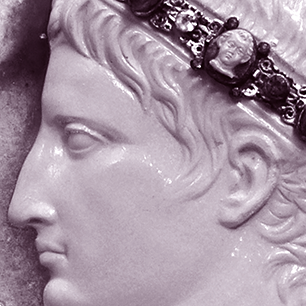
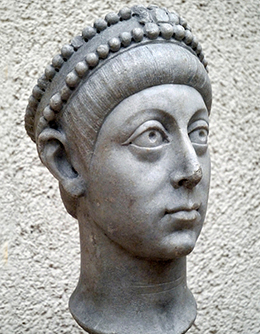
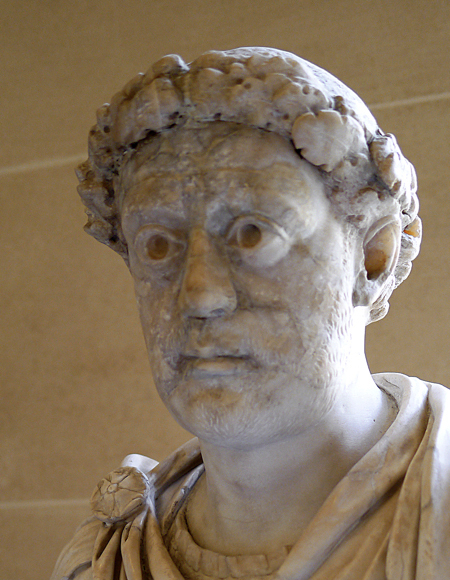
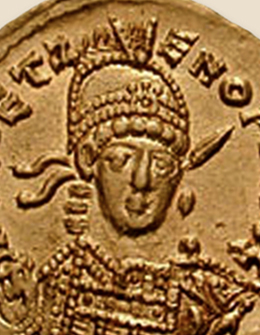
%20474-491.jpg)
%20475-476.jpg)
%20474-491_1.jpg)
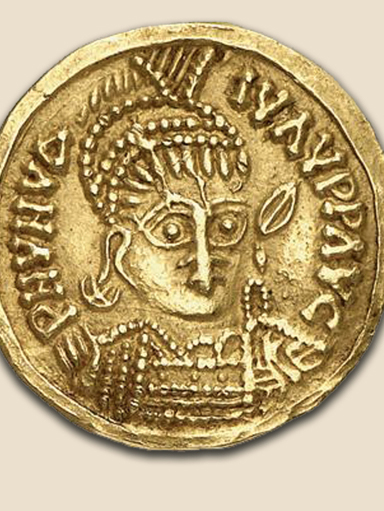
%20527-565.jpg)